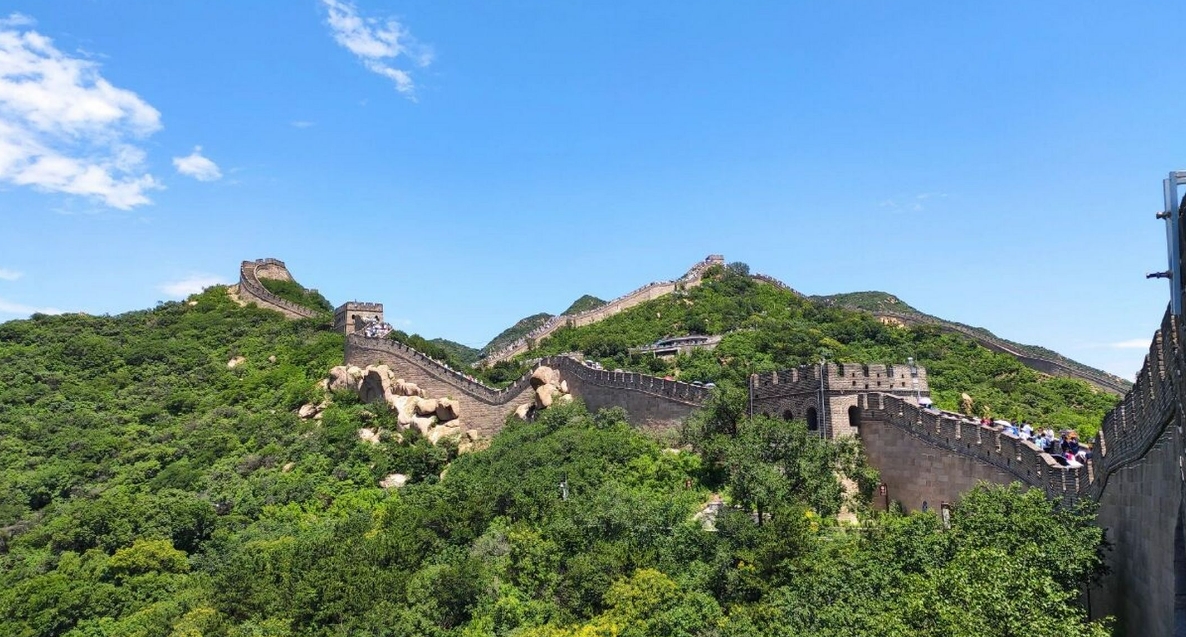
The Great Wall: An Eternal Wonder Standing the Test of Time
"He who has never been to the Great Wall is not a true man" - this saying reflects the immense pride the Chinese people have for this magnificent structure. The Great Wall, a symbol of the Chinese nation and one of the Seven Wonders of the World, stretches thousands of miles across mountains and rivers, a testament to the ancient people's wisdom and perseverance. A question often arises: how long can this grand structure, standing for millennia, continue to "play" its role?
The answer is: As long as it is maintained, it can stand forever.
The Great Wall we see today, in documentaries or travel photos, is mostly a product of modern reconstruction. These reconstruction efforts are not just about restoring the Wall's majestic appearance; they aim to protect this invaluable cultural heritage and ensure its transmission to future generations.
The segments of the Wall that underwent this reconstruction were primarily built during the Ming Dynasty, over 600 years ago. To defend against invasions from nomadic tribes in the north, the Ming Dynasty constructed a vast brick and stone wall. Utilizing advanced architectural techniques of the time, they built a sturdy and durable structure, which forms the major part of the Great Wall we see today.
Before the Ming Dynasty, the Great Wall had a different appearance. Earlier versions were mainly constructed using rammed earth. This method involved compacting layers of clay, gravel, and other materials to create a solid wall. Though not as strong as brick and stone, rammed earth was an effective defense mechanism given the technological limitations of the time. For instance, the Great Wall built during the Qin Dynasty was primarily made of rammed earth. Despite enduring over two thousand years of weathering and erosion, remnants of this wall can still be found in some places.
Of course, even the sturdy brick and stone wall requires continuous maintenance to withstand natural erosion and human damage. In recent years, the Chinese government has invested substantial manpower and resources in renovating and protecting the Great Wall. They have also implemented laws and regulations to manage tourist behavior, ensuring the Wall's effective preservation.
Beyond governmental efforts, every individual should contribute to protecting the Great Wall. When visiting this magnificent structure, we must practice responsible tourism, refrain from littering, and avoid vandalism. Let us collectively safeguard this treasure of human civilization.
In conclusion, the lifespan of the Great Wall is inextricably linked to our commitment to its preservation. As long as we cherish and protect it, this symbol of the Chinese nation will forever stand tall in the East, narrating the enduring history and brilliant culture of Chinese civilization to the world.
Q&A
Q: When was the majority of the Great Wall we see today built?
A: The majority of the Great Wall standing today was constructed during the Ming Dynasty, over 600 years ago.
Q: What material was used to build the Great Wall before the Ming Dynasty?
A: Prior to the Ming Dynasty, the Great Wall was primarily constructed using rammed earth, a technique of compacting layers of clay, gravel, and other materials.
Q: How can we help preserve the Great Wall for future generations?
A: We can help preserve the Great Wall by practicing responsible tourism: refraining from littering, avoiding vandalism, and supporting conservation efforts.
note: This return of all, without the author's permission, may not be reproduced